Optika Italy IM-3 Series User manual
Other Optika Italy Microscope manuals
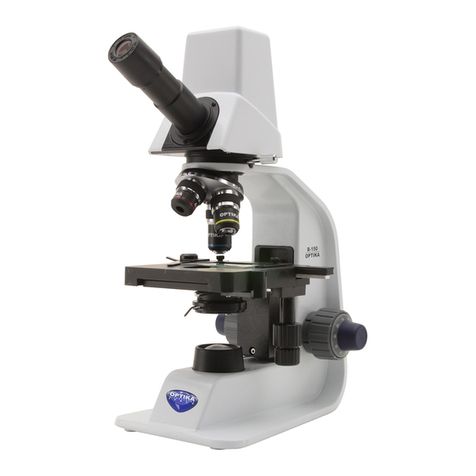
Optika Italy
Optika Italy B-150D Series User manual

Optika Italy
Optika Italy IM-5FLD User manual
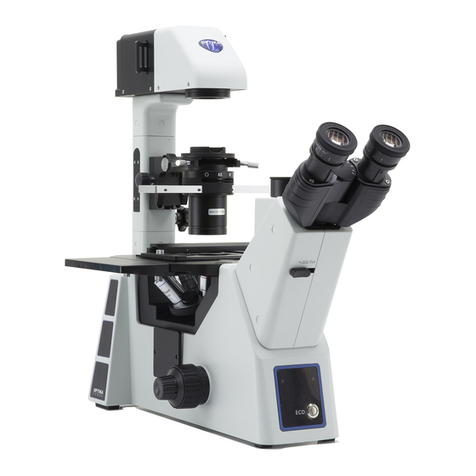
Optika Italy
Optika Italy IM-5 Series User manual

Optika Italy
Optika Italy ACCESSORIES Series User manual

Optika Italy
Optika Italy B-383 Series User manual

Optika Italy
Optika Italy SZR Series User manual

Optika Italy
Optika Italy ACCESSORIES Series User manual
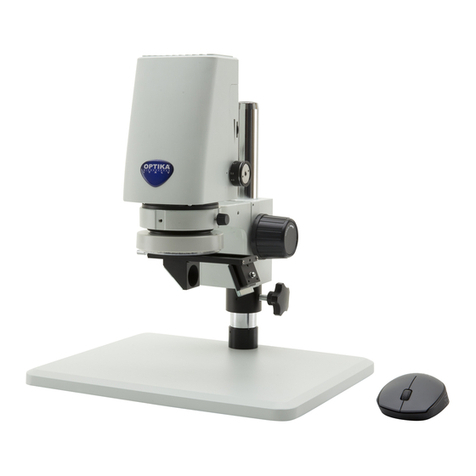
Optika Italy
Optika Italy INSPECTION SYSTEMS Series User manual
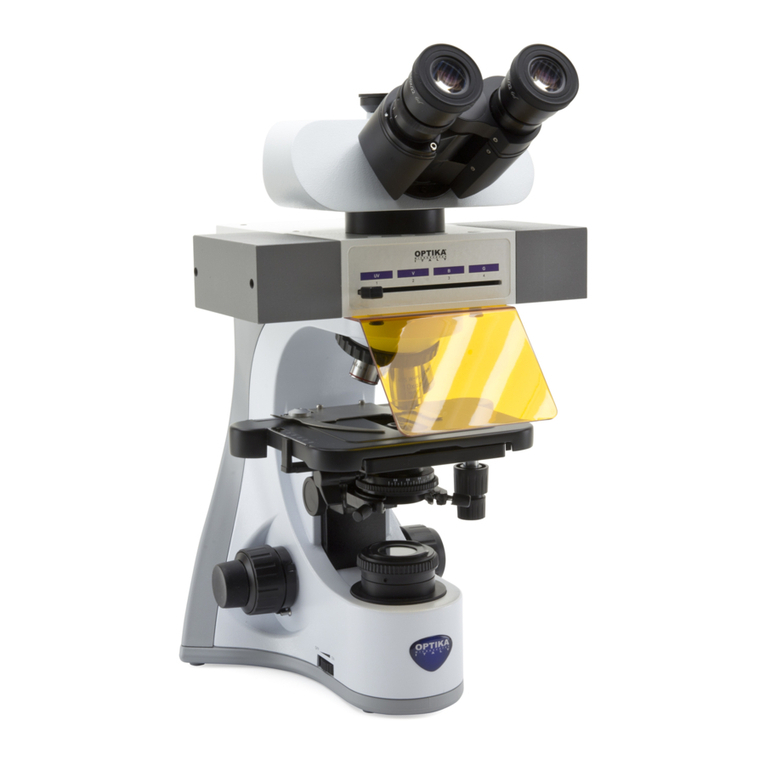
Optika Italy
Optika Italy B-510 Series User manual
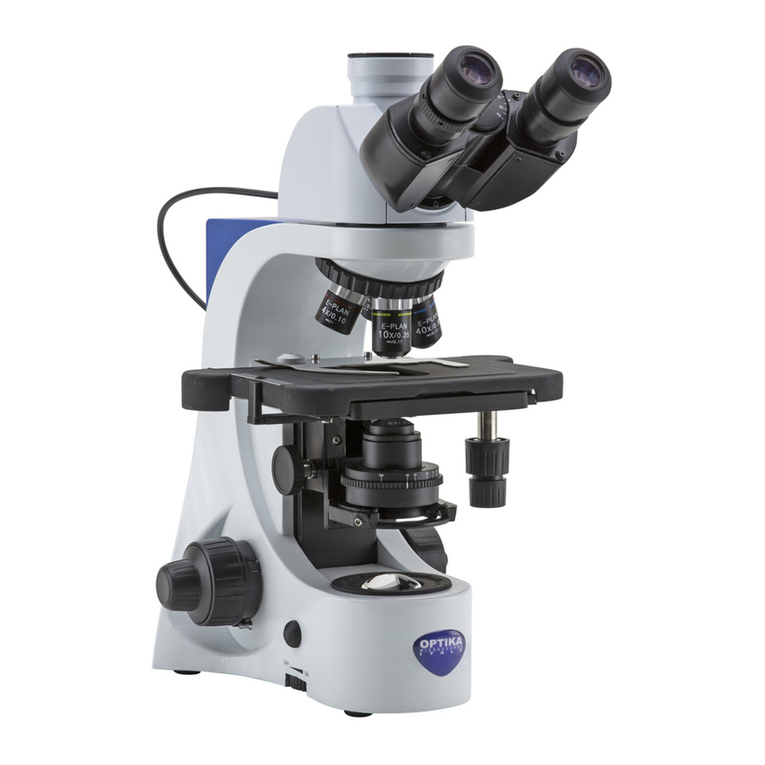
Optika Italy
Optika Italy B-380 Series User manual
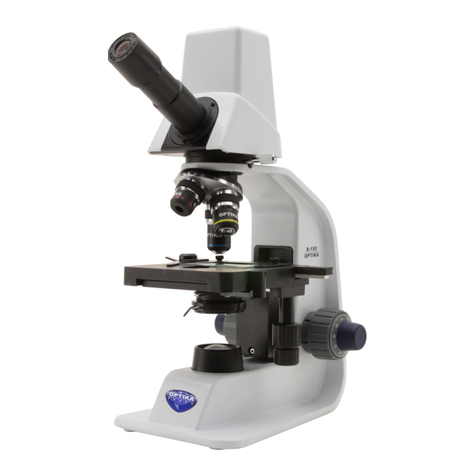
Optika Italy
Optika Italy B-150D-MRPL User manual
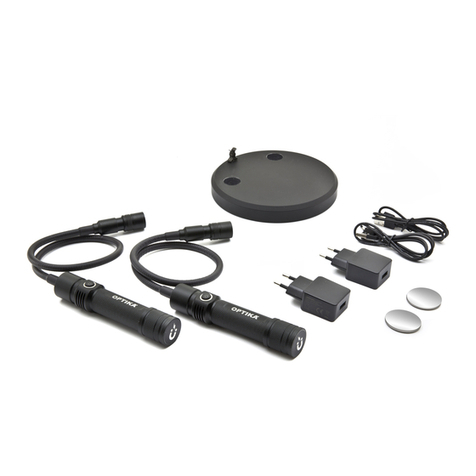
Optika Italy
Optika Italy CL Series User manual

Optika Italy
Optika Italy B-1000 Series User manual
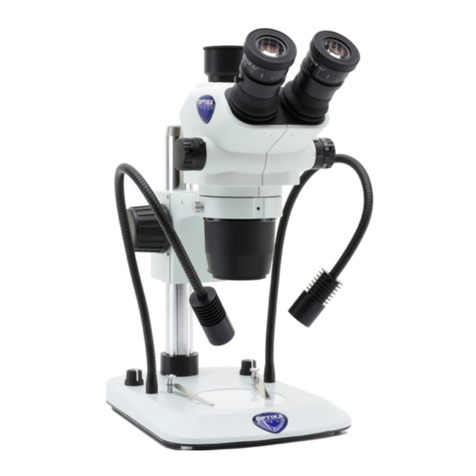
Optika Italy
Optika Italy SZ Series User manual

Optika Italy
Optika Italy B-190TB Series User manual
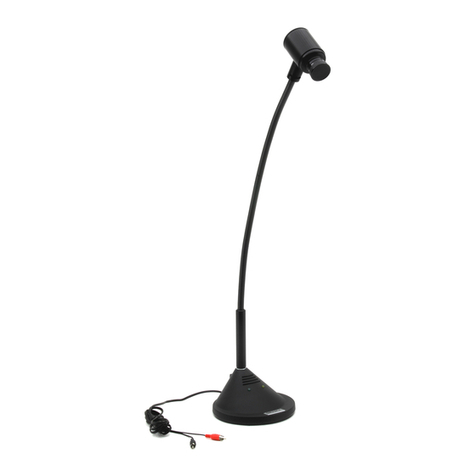
Optika Italy
Optika Italy 4083.2 User manual
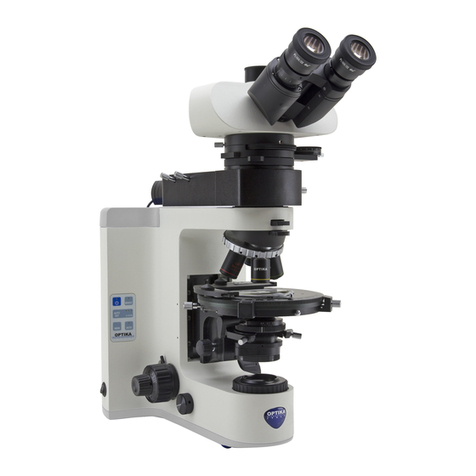
Optika Italy
Optika Italy B-1000 Series User manual

Optika Italy
Optika Italy B-380 Series User manual

Optika Italy
Optika Italy B-510 Series User manual

Optika Italy
Optika Italy B-1000FL-HBO User manual































